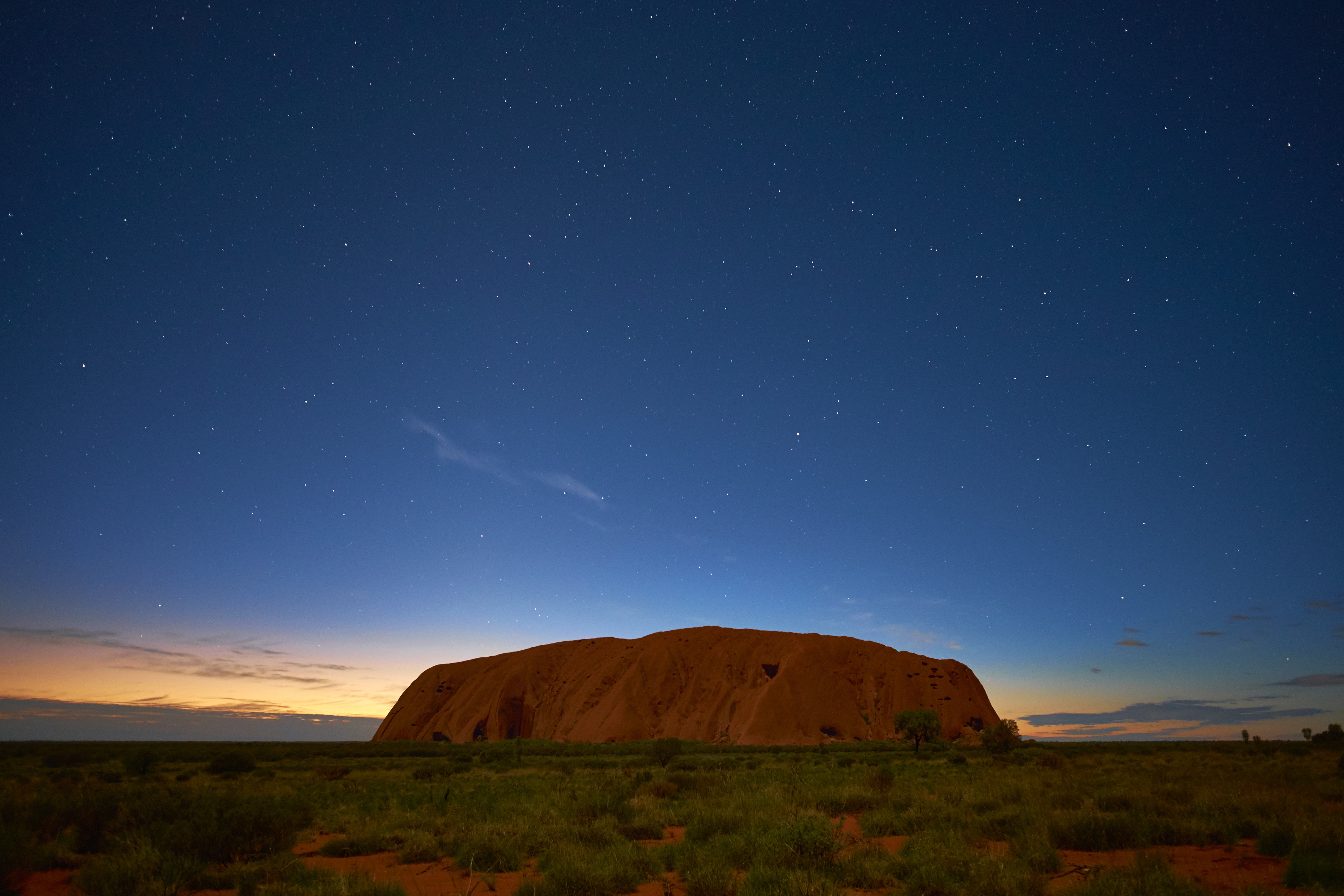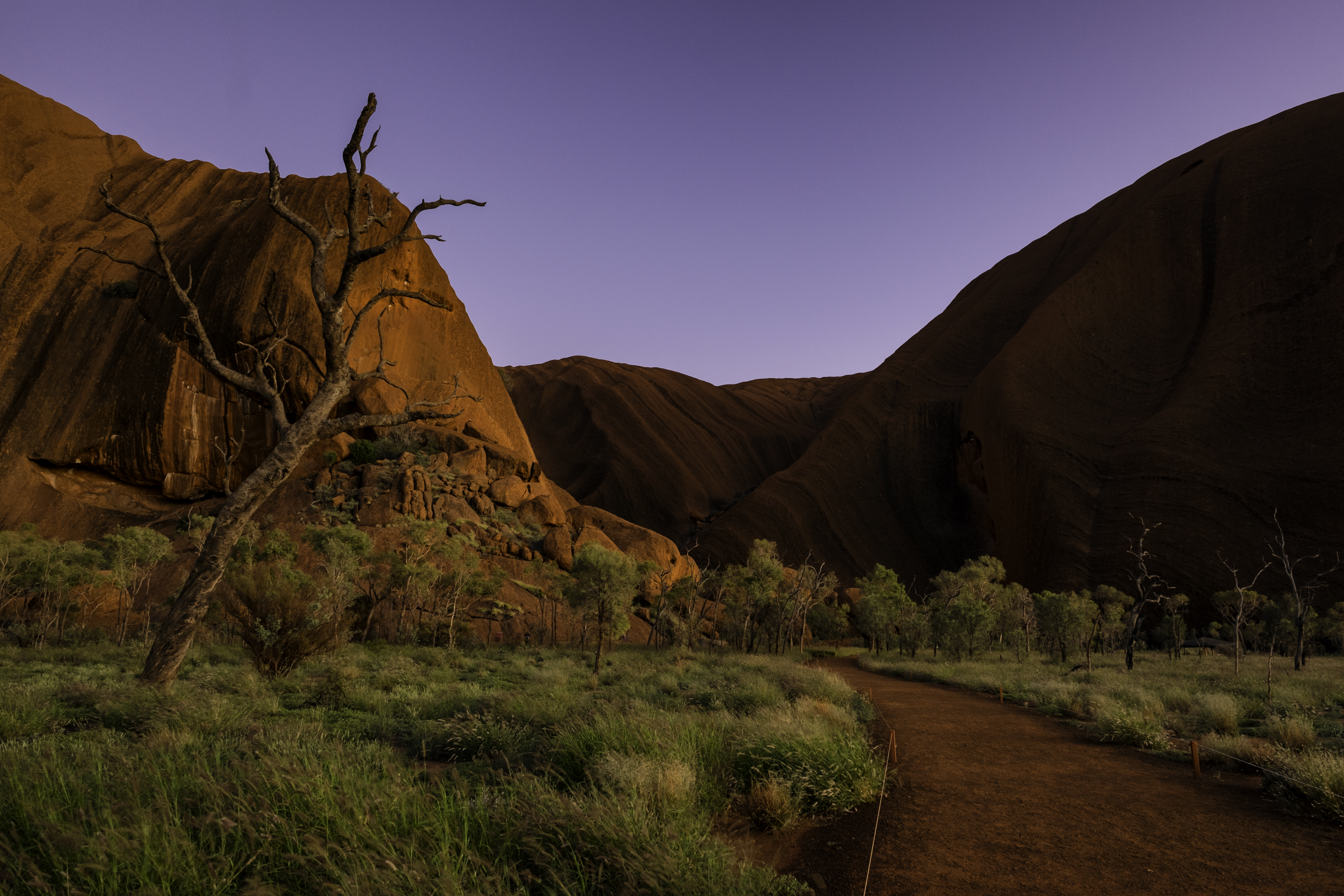
Uluru - A Sacred Aboriginal Site
As one of the world's largest rock formations, Uluru has gained attention from tourists globally who travel far and wide to see this amazing landmark in Australia's red centre.
Scientists believe Uluru has been around for 500 million years, making it one of the oldest rock formations in the world. As a comparison, the Himalayas are believed to be 30 million years old and the Grand Canyon 70 million years old.
Uluru is a place of great cultural and spiritual significance for Indigenous Australians. Located in the southwest region of the Australian Northern Territory, the traditional owners and guardians of this area are the Yankunytjatjara, Pitjantjatjara and Anangu people.
There are over 40 sacred Aboriginal sites located in the Uluru-Kata Tjuta National Park, which features in various Aboriginal dreamtime stories and is believed to have been created by great ancestral beings during their first travels across the land. Indigenous Australians have fought hard over the past few decades to protect and show respect to this sacred site.
Returning Uluru to the Traditional Owners
One of the most important steps forward in the Aboriginal land-rights movement occurred on the 26th of October, 1985 when the custodianship of Uluru was transferred to the traditional owners.
As part of the handover agreement, the Traditional Owners leased the national park area to the Australian Parks & Wildlife Service for a term of 99 years. This was to allow tourism and visits to the area by all Australians and travellers, however still acknowledging and formally transferring ownership to the Aboriginal people.

Since transferring ownership in 1985, the traditional owners had been vocal about tourist activities being held on Uluru and how this impacted their sacred site. In 1992 signs were erected at the base of the climb to raise awareness to tourists about the importance this landmark holds amongst the Australian Indigenous population.
An important step forward in the history of Uluru occurred only a few months ago, in October 2019 when climbs were officially banned. This decision came from the Uluru-Kata Tjuta National Park board who unanimously voted to cease the tourist activity in order to respect this sacred site.
Chairman of the board, Sammy Wilson made a statement outlining that this sacred site for Indigenous Australians was such an important and special place, and shouldn’t be treated like a playground or theme park.
The Uluru Statement from the Heart
On May 26, 2017 after a 2 year research period the Uluru Statement from the Heart was announced, outlining a new way of recognising Indigenous Australians in the Australian constitution.
Prior to developing the concise 12 paragraph statement, over 1,200 Indigenous Australian representatives from across the country were consulted. Uluru was chosen to be part of the name of this important piece of history due to the landmarks strong connection with Indigenous Australians, and as it is seen as being a representation of the heart of Australia within their culture.
"We seek constitutional reforms to empower our people and take a rightful place in our own country. When we have power over our destiny, our children will flourish. They will walk in two worlds and their culture will be a gift to their country.
We invite you to walk with us in a movement of the Australian people for a better future.”
- Uluru Statement from the Heart
Uluru will always remain an important and spiritual site for Indigenous Australians across the country, as well as those located within the Watarrka region.
To support the Foundation and our projects within the Northern Territory, make a donation at www.givenow.com.au/watarrkafoundation






